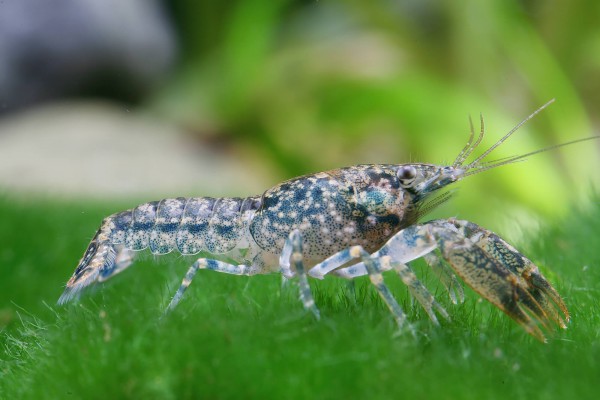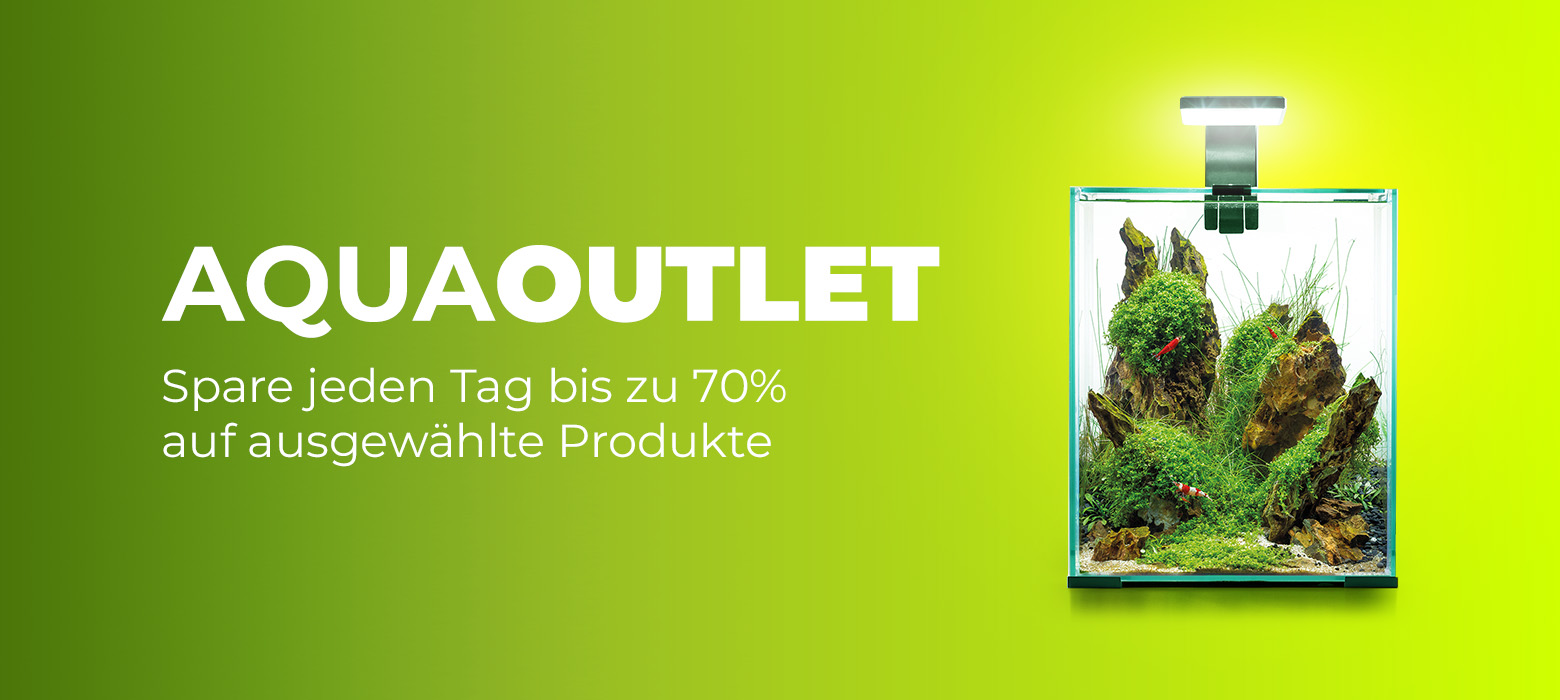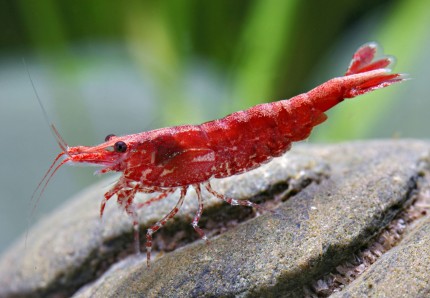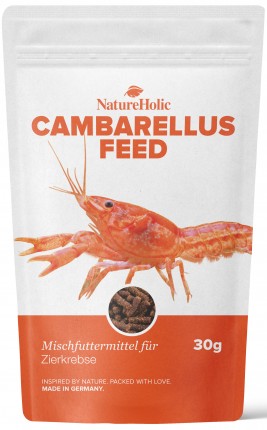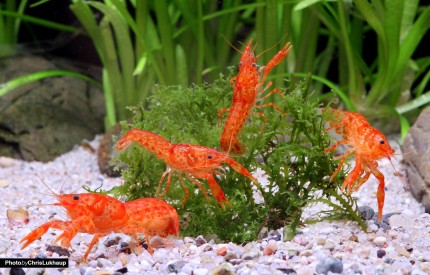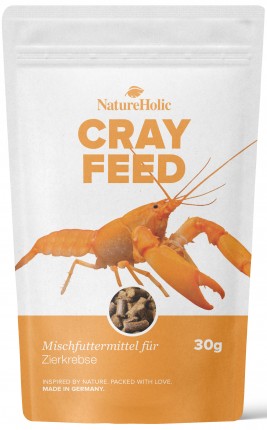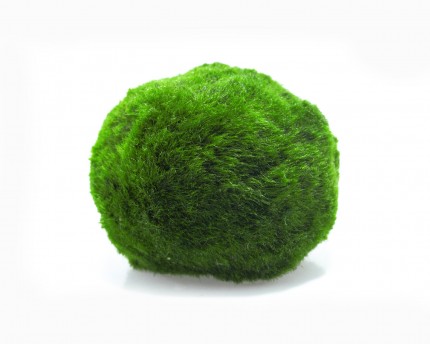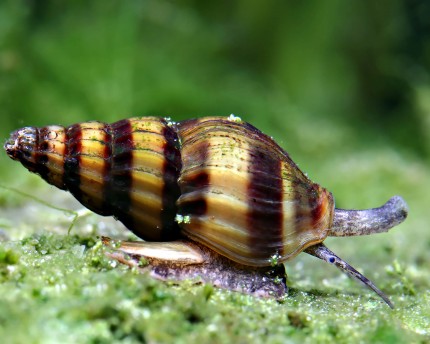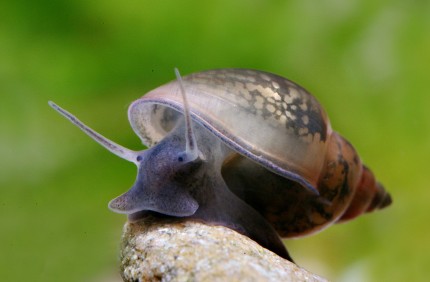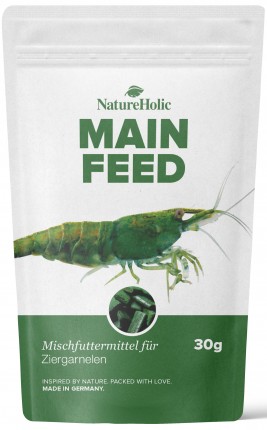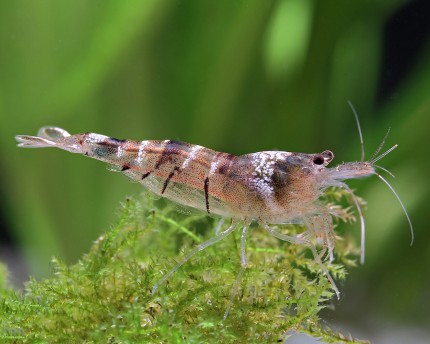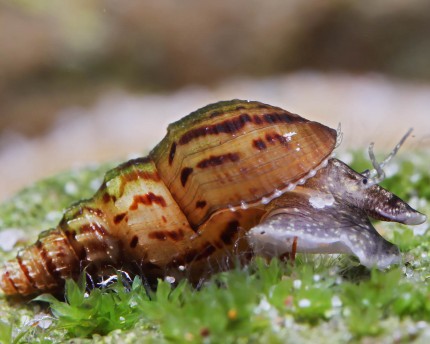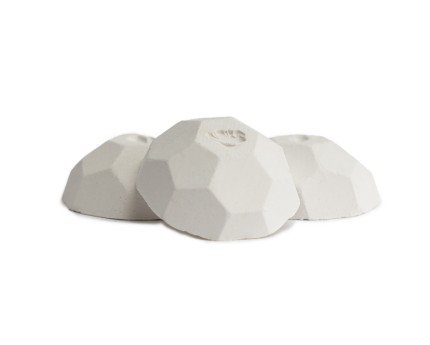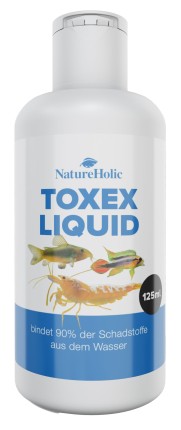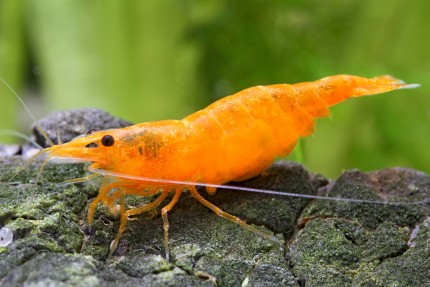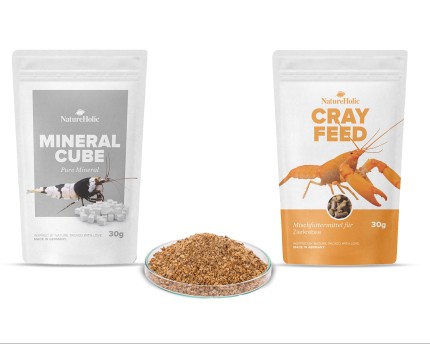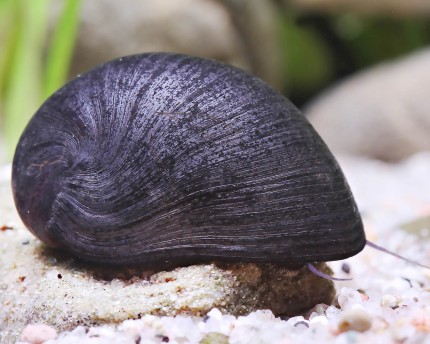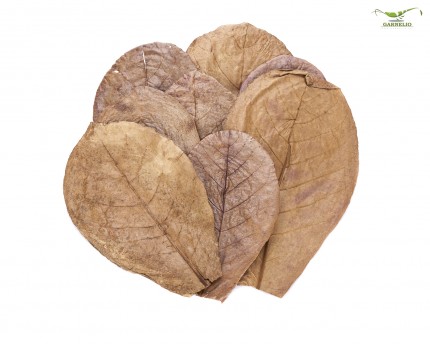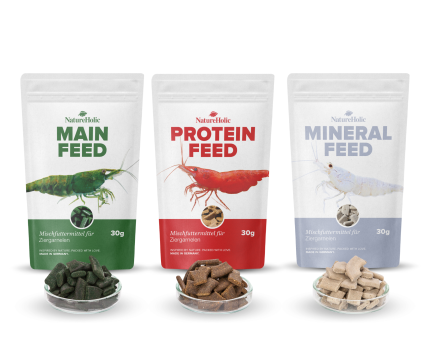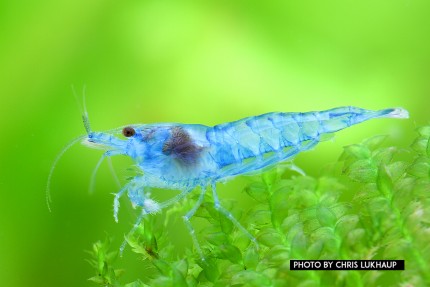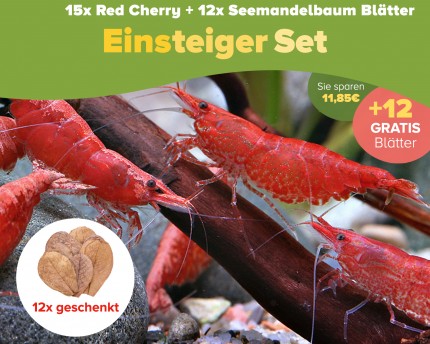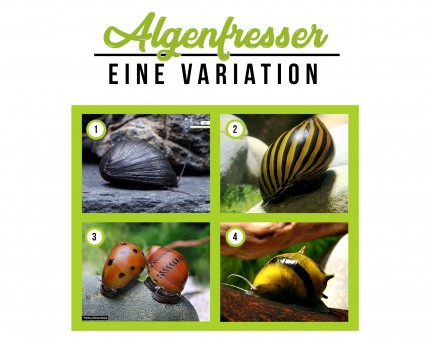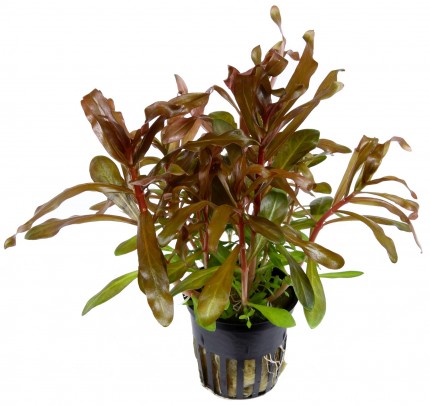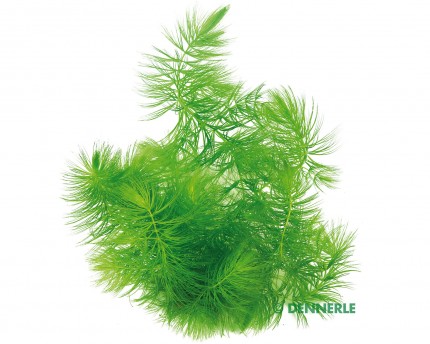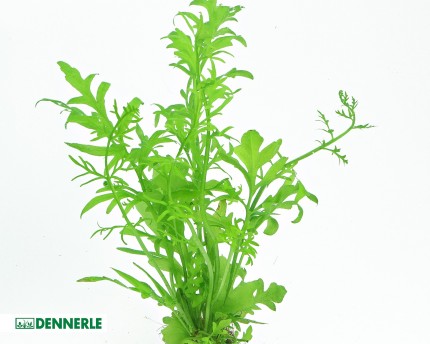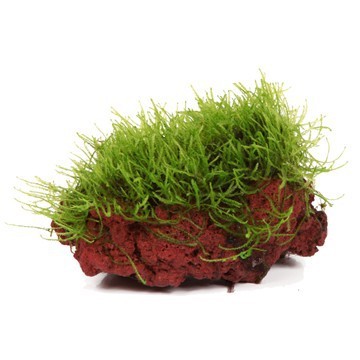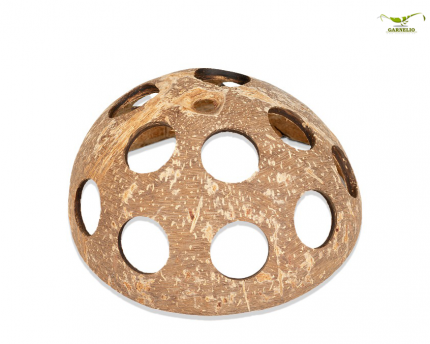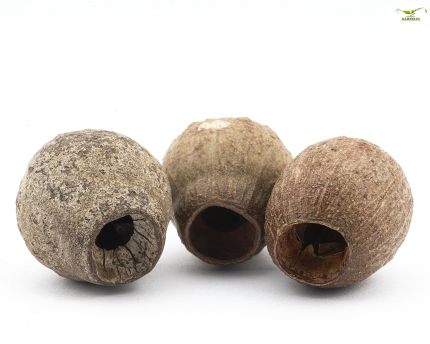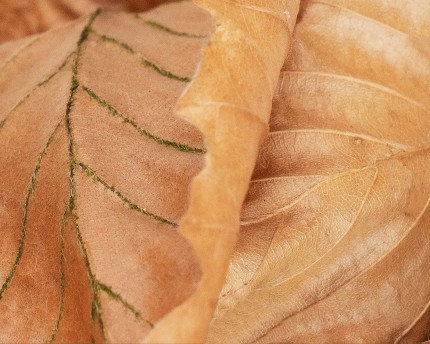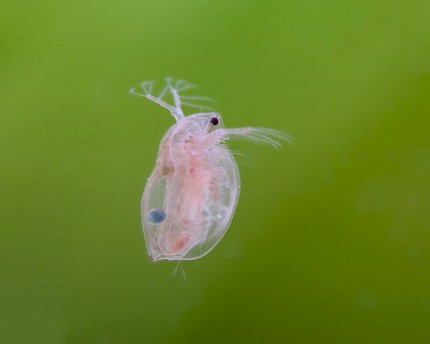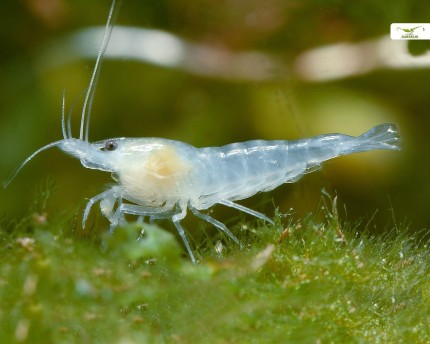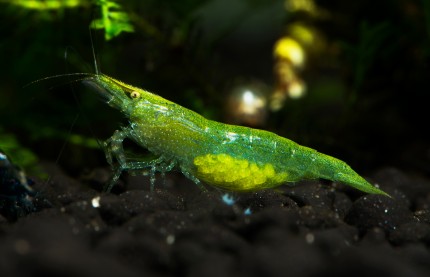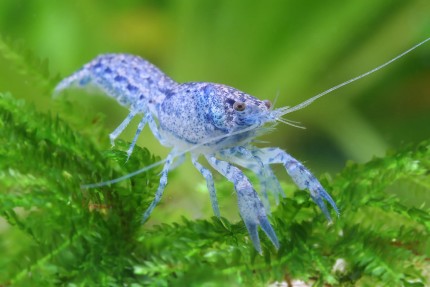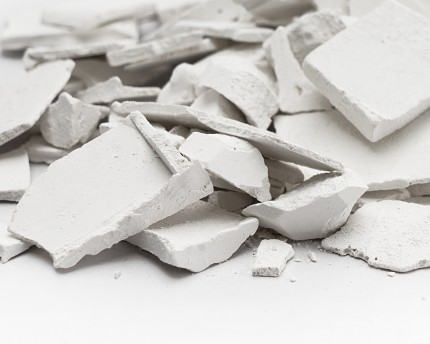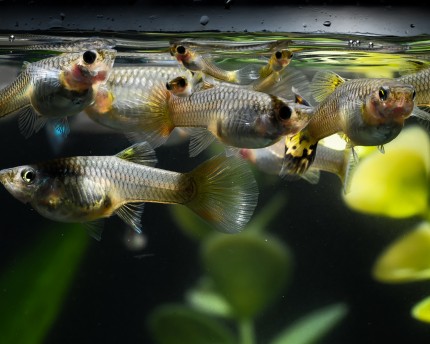- Item no: 5291
Fast delivery times
All products are in stock with us!14 years of breeding experience
Let our team of experts advise you!High customer satisfaction
from over 3,000 reviews "Cambarellus shufeldtii, the Louisiana dwarf crayfish, also called Shufeldt's dwarf crayfish and affectionately abbreviated as Shuffel, comes from the south of the USA. Besides Louisiana, it is also found in Texas, Alabama, Mississippi, Kentucky, Arkansas and Missouri, so it is very widespread and has quite different looking local forms pronounced. This pretty little crayfish is found primarily in pools, ditches, and other standing and slow-moving waters. If the body of water dries out, the Louisiana dwarf crayfish buries itself in the mud until it rains again. As long as its gills remain moist, it survives for a surprisingly long time.
Often Cambarellus shufeldtii is reddish brown to gray in color. Mostly Louisiana dwarf crayfish have irregularly arranged darker spots, rarer variants have 4 dark longitudinal stripes. Cambarellus shufeldtii can grow up to 4 cm, females here usually reach the 4 cm, while males remain slightly smaller.
The males of the Louisiana Dwarf Crayfish often have slightly bulkier claws. Reliably, the sexes can be distinguished by the mating styli of the males, which are V-shaped and point towards the head. They are formed from the first two pairs of webbed legs. Thus, like all other American crayfish, the males of Cambarellus shufeldtii not only have this V-shaped structure under the head carapace, but also have only three pairs of webbed legs. The females have five pairs of webbed legs and do not have mating styli.
Cambarellus shufeldtii is a quite peaceful fellow, which can be kept well in a group of the same species. Pay attention to surplus of females! If it comes to a fight and a leg or an arm is lost, it will grow back with the next moult. Also the socialization with peaceful small fish is unproblematic. Larger fish would chase the crayfish and especially their offspring. Crayfish should never be socialized with other crayfish species, because the animals communicate by intra-species specific scents and gestures and misunderstandings between the species can cause great stress. Shufeldt's dwarf shrimp can be socialized very well with dwarf shrimp with similar demands on the water values, if one accepts that one or the other careless shrimp may end up as crab food. Snails are eaten very gladly and also in large quantity. North American crayfish such as Cambarellus shufeldtii must not be introduced into the wild under any circumstances, as they not only contribute to faunal distortion, but can also transmit the pathogen of crayfish plague. This disease has almost wiped out the crayfish species native to our area. Also, water from an aquarium with Cambarellus shufeldtii should not be allowed to enter natural waters. The same is true for aquariums with crayfish from continents other than America.
The Louisiana dwarf crayfish is very suitable for beginners. It tolerates temperatures between 10 and 30°C, but it feels most comfortable at temperatures around 20 to 23°C. A heater is therefore not necessary. A heater is therefore not necessary. A pH of 7 to 8 is ideal, the total hardness (GH) can range from 6 to 20, a KH of up to 20 is well tolerated. Thus, Cambarellus shufeldtii can be kept in practically any tap water and does not require separate water treatment.
Concerning the setup of the aquarium, the Louisiana Dwarf Crab should be provided with sufficient hiding places in any case. Especially during and shortly after molting, but also for females with eggs, these are enormously important. Already in a tank of only 30 liters 3 animals can be kept - a very good structuring with aquarium roots and stones always provided. This way the animals can avoid each other in case of stress. If you want to breed, you should consider at least a tank with 60 cm edge length. In an aquarium with many hiding places, tubes, roots and also plants the animals feel very comfortable. The hiding places should not be too large, otherwise they are not accepted gladly. The Louisiana Dwarf Crayfish does not eat living plants and does not burrow, so it can be kept very well in planted aquariums
The Louisiana Dwarf Crayfish especially likes to eat foliage, e.g. from beech and oak trees. However, most crayfish foods, flake foods, protein foods, shrimp foods, etc. are also readily accepted, as are scalded or dried greens and occasionally vegetables such as peas or squash.
Breeding the Louisiana Dwarf Crayfish is relatively unproblematic. To mate, the male throws the female on her back and holds her claws. Then the female pushes out about 10 to 30 eggs, which she attaches under her abdomen. After about four weeks, small, almost ready crabs hatch. These are carried around by the mother for another 2 days until they are fully developed.
Our food recommendation: Freshwater crayfish have a very varied diet in the wild. The Natureholic Crab Feed Sticks contain in a biologically balanced form only those ingredients that these crayfish in this or similar form to their natural food spectrum. This naturally supports and promotes moulting, growth and reproduction. Due to their protein content they are ideally suited for omnivorous crayfish of the genera Procambarus, Cambarus, Cambarellus, Astacus and the Cherax crayfish from Australia, which are basically omnivores that like to eat animal as well as vegetable food. The crayfish of the genus Cherax from Papua also like to eat a portion of animal food when they are young, but later they switch mainly to plant food.
Our plant recommendation: Use for planting NatureHolic InVitros. These are free of snails, planaria and other unwanted co-inhabitants. Also free of algae spores, bacteria and fungi.
Expert Tip: We recommend for fish keeping the NatureHolic 3 Phase Liquid. The care set offers the best all-round protection for your animals. It ensures optimal conditions for successful breeding and keeping.
| Scientific name: | Cambarellus shufeltii Faxon, 1884 |
| German name: | Louisiana dwarf crayfish, Shuffel, Shuffeldt's dwarf crayfish |
| Difficulty level: | suitable for beginners |
| Origin/Distribution: | Southern USA: Alabama, Texas, Kentucky, Mississippi, Missouri, Louisiana, Arkansas |
| Coloration: | light brown to grayish, with dot pattern or stripe pattern |
| Age expectancy: | 1.5 to 2 years |
| Water parameters: | GH 6 to 20, KH up to 20, pH 7 to 8, temperature 10 to 30 °C |
| Tank size: | from 30 l for a pair or a small group of 2 females and 1 male, well structured |
| Food: | Natureholic crayfish food, brown autumn leaves, nettles, flake food, granulated food or food tabs, vegetables, frozen food |
| Reproduction: | easy, after four to six weeks 10 to 30 young crayfish hatch, they are cannibalistic and therefore need many hiding places |
| Behavior: | relatively peaceful, not strongly territorial |
| Socialization: | with shrimp and mini fish, also with snails (may be eaten) |
| Further information | Sex differences crayfish, shrimp, crayfish, snails & mussels proper feeding, Cherax aquarium crayfish - keeping in the aquarium |
- Item no: 5291
Entdecke die Garnelio Welt!
Garnelio gehört zu den größten Onlineshops für wirbellose Aquarientiere weltweit.
Viele Artikel gibt es exklusiv nur bei uns im Shop.

